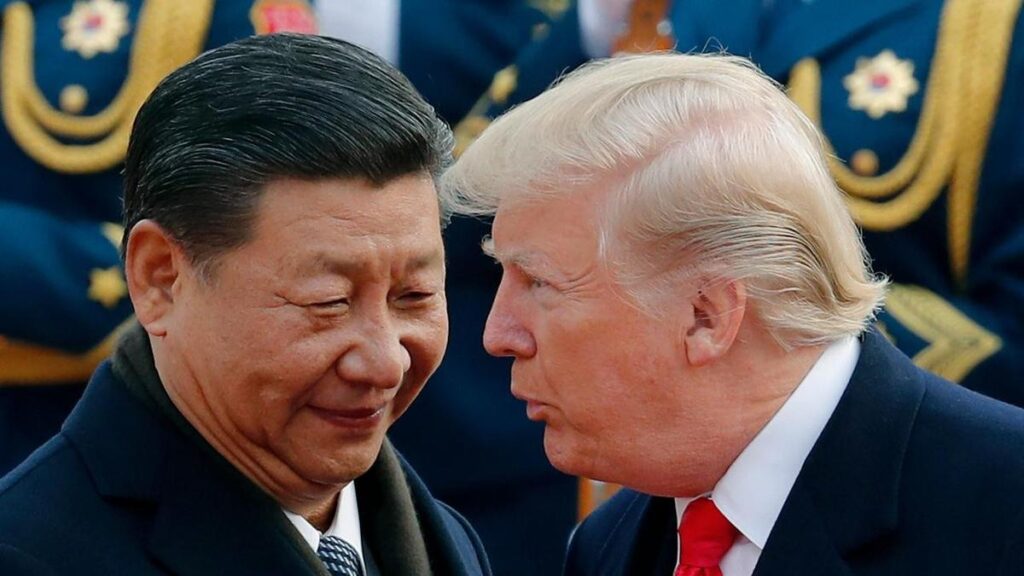
Top economic officials from the United States and China have outlined a framework for a potential trade agreement, which is now set for discussion between President Donald Trump and President Xi Jinping. This development, confirmed by US officials, includes a pause on proposed tariffs and a delay in China’s export controls on rare earth minerals.
During discussions held on the sidelines of the ASEAN Summit in Kuala Lumpur, US Treasury Secretary Scott Bessent indicated that the threat of a 100 percent tariff on Chinese imports, scheduled to commence on November 1, 2025, has been alleviated. Bessent expressed optimism that China would postpone its licensing regime for rare earth minerals and magnets by an entire year as the policy undergoes review.
Chinese officials have remained reticent about the specifics of these talks and did not provide details regarding the outcomes. Notably, the two leaders are expected to convene on Thursday during the Asia-Pacific Economic Cooperation (APEC) summit in Gyeongju, South Korea, where they will finalize the agreement’s terms.
Bessent noted, “I think we have a very successful framework for the leaders to discuss on Thursday,” after engaging in the fifth round of in-person talks since May with Chinese Vice Premier He Lifeng and top trade negotiator Li Chenggang. He anticipates a tariff truce will be extended beyond its current expiration date of November 10. Furthermore, he expects renewed Chinese purchases of US soybeans, which had stagnated in favor of Brazilian and Argentine imports.
Bessent assured US soybean farmers that the upcoming agreement would have a positive impact, stating, “They will feel very good about what’s going on both for this season and the coming seasons for several years.” Meanwhile, US Trade Representative Jamieson Greer mentioned that both nations have agreed to pause certain punitive measures, enabling greater access to rare earth materials from China, which is vital for various high-tech sectors.
Li Chenggang remarked that a “preliminary consensus” had been reached and that both parties would need to navigate their internal approval processes before any formal announcement. He emphasized the balancing act between the US’s firm stance and China’s commitment to protect its interests.
Trump’s arrival in Malaysia marked the beginning of a five-day tour of Asia, culminating in the anticipated meeting with Xi. He conveyed a hopeful outlook, stating, “I think we’re going to have a deal with China.” This comes in the wake of his threats to impose new tariffs as retaliation against China’s enhanced export controls on rare earth elements, which are crucial for industries ranging from electric vehicles to semiconductor production.
The proposed export controls, combined with Trump’s threatened tariffs, could disrupt a fragile truce that had temporarily reduced the escalating trade tensions between the two countries. Beyond rare earths, discussions also covered trade expansion, the US fentanyl crisis, port fees, and the transfer of TikTok to US ownership.
Bessent indicated that details of the TikTok arrangement must still be finalized, allowing Trump and Xi to “consummate the transaction” by the time they meet in South Korea. Additionally, Trump hinted at potential future meetings in both China and the United States, stating, “We’ve agreed to meet. We’re going to meet them later in China, and we’re going to meet in the US, in either Washington or at Mar-a-Lago.”
As the world watches closely, the outcomes of these discussions have the potential to reshape trade dynamics and influence global markets significantly.







